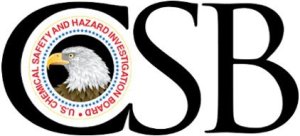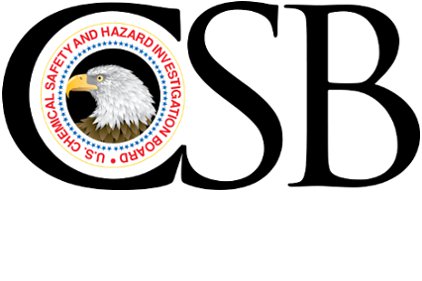 Chairman of the Chemical Safety & Hazard Investigation Board (CSB) Rafael Moure-Eraso says he’ll leave the board when his five-year term ends in June.
Chairman of the Chemical Safety & Hazard Investigation Board (CSB) Rafael Moure-Eraso says he’ll leave the board when his five-year term ends in June.
In investigating chemically-related industrial accidents, CSB personnel seek to discover the root cause of events and, when feasible, identify and prevent similar problems that other companies will face in the future.
During much of Moure-Eraso’s tenure as chairman, the board has frequently appeared to be overwhelmed by its responsibilities and meager resources, according to some observers.
Last year, a half-dozen Republicans in the House of Representatives called for the chairman’s resignation, primarily based on charges by unnamed ex-employees and disgruntled board members. One board member resigned because of disagreements with Moure-Eraso.
The Office of Inspector General for the Environmental Protection Agency (EPA), which has oversight authority for the board, criticized Moure-Eraso and other CSB top officials for hindering its investigations of board mismanagement.
Still, the quality of CSB’s accident reports and safety videos is of great value, according to experts, supporters and even critics.
Much of the work during Moure-Eraso’s term was spent wrapping up 22 investigations. The board initiated 14 new accident investigations in the past four-and-a-half years. Almost half of these were sought by members of Congress.
Resources have been a problem for CSB since it began operating in the 1990s. Its funding and staffing have remained at about $9 million to $11 million annually and 40 employees, with about half being investigators.
The CSB has focused on four types of accident investigations: refinery accidentssuch as those at a Chevron facility in Richmond, Calif., and a Tesoro site in Anacortes, Wash.; combustible dust explosions; the BP Deepwater Horizon-Macondo oil rig disasterin the Gulf of Mexico; and an ammonium nitrate farm warehouse explosion. These accidents alone killed 37 workers and emergency personnel, sent more than 15,000 community members to nearby hospitals, and caused billions of dollars in damage.
